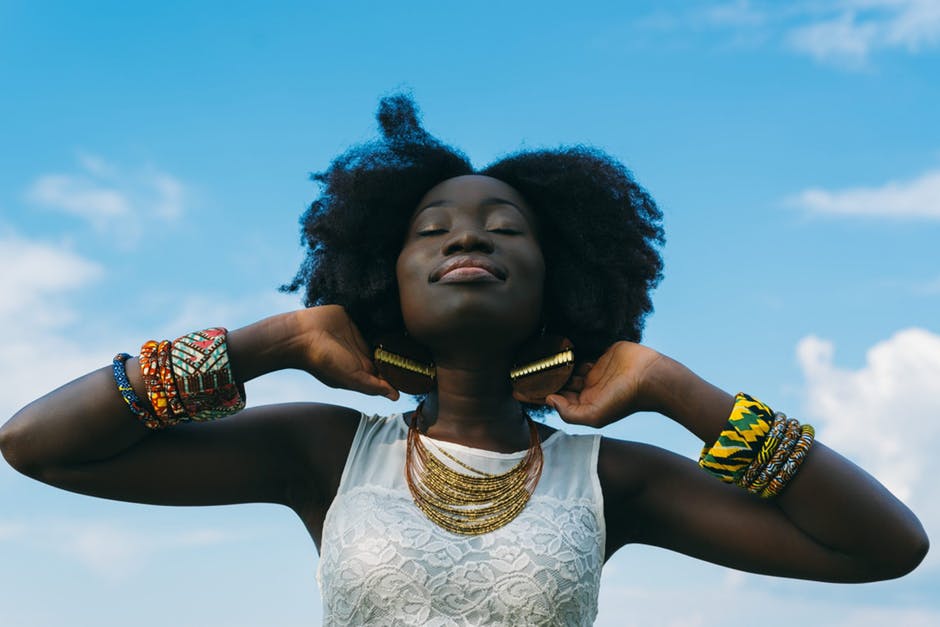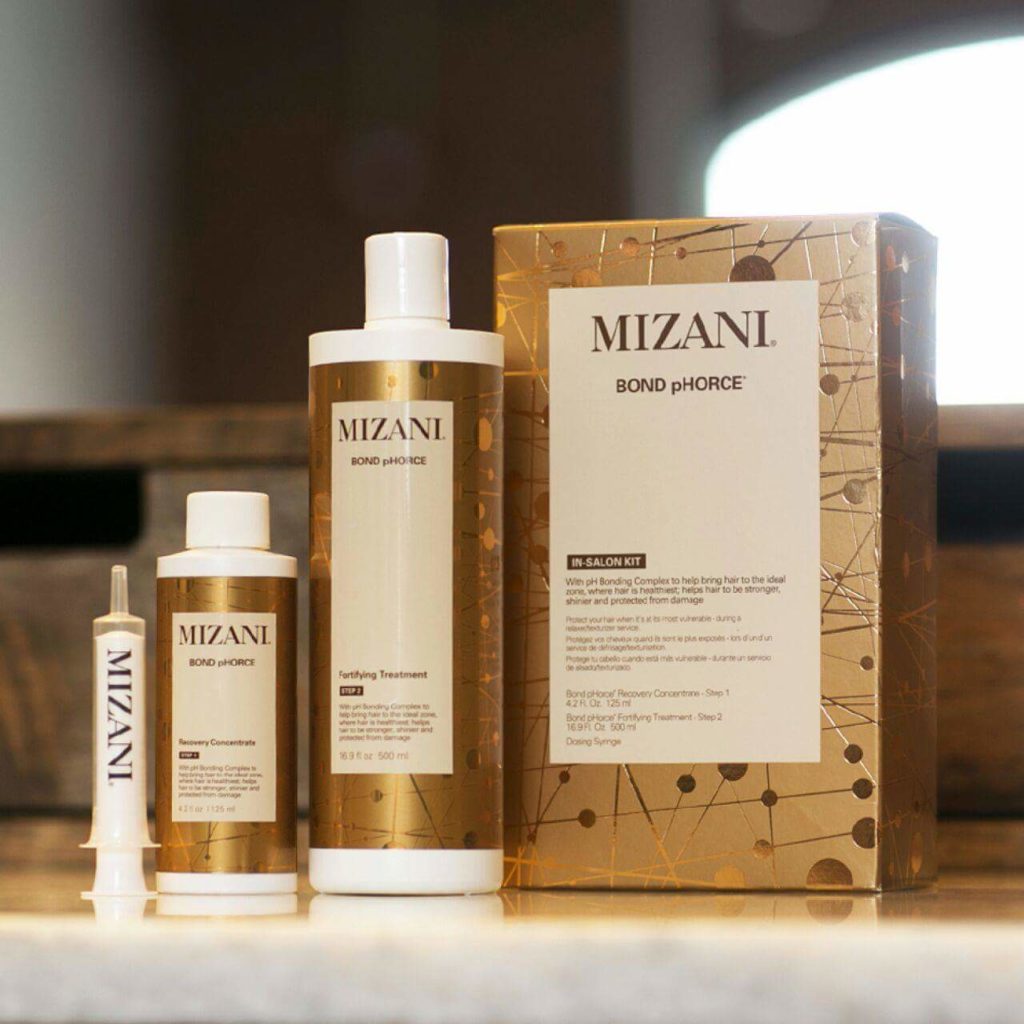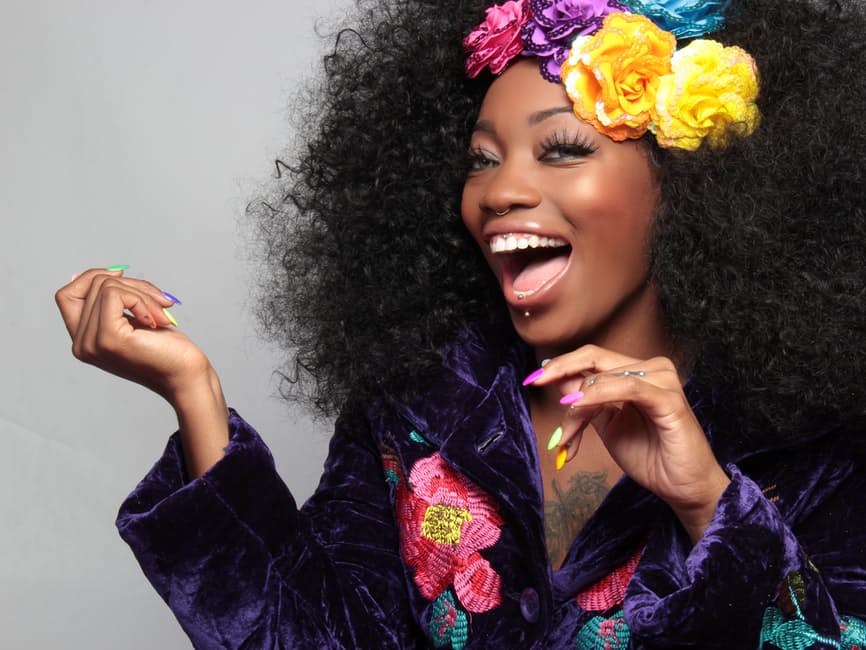My Natural Hair Journey – Celebrating One Year of Big Hair Don’t Care

I’ve been natural for 1 year and 3 months as of August 2016 and I’m really happy with my hair growth. When I opted to go natural, my hair was weak and my edges were terrible. I used to part my hair in the middle to cover the bald spot that was starting to grow on the left side of my head. This was expected I suppose, because I’d had relaxer in my hair since I was 9 years old and although my hair was long and generally healthy, the damage over the years had started to take effect. After transitioning for over a year (a really tough year that was), I finally chopped off my hair and started my natural hair journey.
I have 4b hair, which means that it’s curly but with a cottony appearance. I like to joke that it reminds me of a cloud when it’s combed out. Unfortunately, this hair type experiences extensive shrinkage and loses moisture quickly. Loss of moisture has been an issue and I’ve experimented with a number of products. I didn’t want to overdo on products as I feel that you don’t need to have a cupboard full of products to maintain your hair. I also wanted from the beginning to use as after a few months of trial and error, I’ve settled on the following routine and products.
-
Washing routine
I wash my hair once a week. I used to use shampoo but transitioned out of that and now use a shea shampoo bar. Unfortunately, a number of shampoos contain ingredients like sodium lauryl sulfate, ammonium lauryl sulfate and sodium chloride that strip hair of moisture. The shea shampoo bar I use is Shea by Asal. It lasts longer than liquid shampoo, is cheaper in comparison and full of natural oils. I pre-poo my hair with olive oil or conditioner and let it sit for 30 minutes to 1 hour or even overnight when I have the time. I gently wash the hair with the shampoo bar then deep condition. I between cholesterol and protein treatments. I use products by Mnazi Naturals, a new Kenyan natural hair product line. I detangle with a wide toothed comb, rinse and then apply leave-in conditioner. I dry my hair off by gently patting it with a cotton T-shirt and then moisturize it with a generous amount of coconut oil.
-
Weekly moisturizing routine
My hair loses moisture rapidly so I have to be pretty conscious of this. I got a spritz bottle (bought one at Nakumatt) and put some water, olive oil and coconut oil and use it daily in the morning to keep my hair moisturized. I also sleep with a satin turban on my hair, though I have recently gotten satin pillow cases to make my sleep routine easier. I try to do four big matutas (braids) every night but sometimes I don’t hence the importance of the satin pillow cases.
-
No heat and limited manipulation
I haven’t used heat on my hair in the 1 year and 3 months since my big chop. Heat was detrimental to my hair when it was relaxed and I cut it out after I transitioned. I air dry my hair and also avoid braiding. Yes, braiding is a great protective style but I realized for me it was weakening my hair. If I braid, I do medium sized ones that don’t start from my edges as they are still recovering from previous damage. I tend to wear a loose bun and I don’t comb my hair except on wash day when I detangle. I brush gently to get it into a bun though and apply Jojoba oil to my edges.
I’m really happy with my hair and can’t wait to see the progress over the next year. I was afraid to take the leap but I’m so glad I did and wish I had done it sooner. Natural hair rocks!
http://www.mwendengao.com/2016/08/29/natural-hair-journey-celebrating-one-year-big-hair-dont-care/Hair and BeautyMwende says4b hair,Mnazi hair,natural hair,Shea by Asal,wash day



Hi, when you spritz do you use the LOC method afterwards? and is your hair low porosity?
Hi, yes I do jse the LOC method. My hair is medium porosity.
I see your page needs some fresh & unique articles.
Writing manually is time consuming, but there is solution for this hard task.
Just search for – Miftolo’s tools rewriter